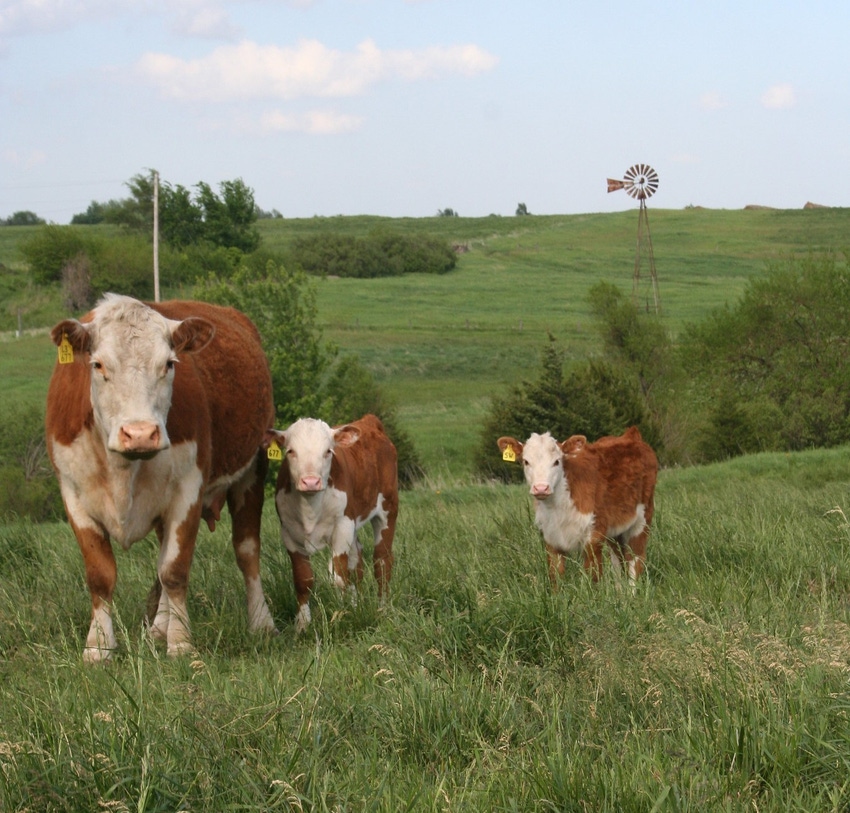Unlocking Growth Possible: Bagley Risk Management Approaches
Wiki Article
Recognizing Livestock Danger Security (LRP) Insurance Coverage: A Comprehensive Guide
Browsing the realm of livestock threat defense (LRP) insurance coverage can be an intricate endeavor for many in the farming industry. From how LRP insurance works to the numerous protection choices readily available, there is much to reveal in this extensive overview that can possibly form the way animals producers come close to risk management in their businesses.

Exactly How LRP Insurance Coverage Functions
Occasionally, understanding the technicians of Livestock Danger Protection (LRP) insurance coverage can be intricate, yet breaking down exactly how it functions can give clarity for farmers and herdsmans. LRP insurance is a danger monitoring tool created to safeguard livestock manufacturers versus unforeseen rate decreases. It's important to keep in mind that LRP insurance coverage is not an earnings guarantee; instead, it focuses entirely on rate risk protection.Qualification and Protection Options

When it comes to protection options, LRP insurance coverage offers producers the flexibility to select the insurance coverage level, insurance coverage period, and endorsements that ideal match their threat administration demands. Protection levels normally vary from 70% to 100% of the expected ending value of the insured livestock. Producers can additionally pick coverage durations that align with their manufacturing cycle, whether they are insuring feeder cattle, fed livestock, swine, or lamb. Endorsements such as cost threat protection can additionally customize coverage to secure versus adverse market changes. By comprehending the eligibility criteria and insurance coverage choices readily available, livestock manufacturers can make educated decisions to handle risk efficiently.
Advantages And Disadvantages of LRP Insurance Policy
When examining Livestock Danger Protection (LRP) insurance policy, it is vital for livestock manufacturers to consider the benefits and drawbacks fundamental in this threat administration tool.
Among the primary advantages of LRP insurance coverage is its ability to give protection against a decrease in livestock rates. This can aid guard manufacturers from financial losses resulting from market changes. In addition, LRP insurance policy offers a degree of flexibility, allowing producers to personalize insurance coverage levels and policy durations to match their details needs. By securing an assured cost for their animals, manufacturers can much better handle risk and prepare for the future.
One restriction of LRP insurance coverage is that it does not shield against all types of risks, such as disease outbreaks or all-natural disasters. It is crucial for manufacturers to carefully analyze their specific danger direct exposure and economic scenario to determine if LRP insurance coverage is the appropriate threat management device for their operation.
Recognizing LRP Insurance Policy Premiums

Tips for Making The Most Of LRP Benefits
Making the most of the advantages of Animals Threat Security my company (LRP) insurance calls for strategic preparation and aggressive danger administration - Bagley Risk Management. To take advantage of your LRP protection, take into consideration the complying with ideas:On A Regular Basis Assess Market Problems: Keep educated regarding market trends and rate fluctuations in the animals market. By keeping an eye on these factors, you can make informed decisions concerning when to acquire LRP coverage to safeguard against prospective losses.
Set Realistic Coverage Degrees: When choosing protection degrees, consider your manufacturing expenses, market price of livestock, and potential dangers - Bagley Risk Management. Establishing realistic coverage levels makes sure that you are appropriately protected without overpaying for unneeded insurance
Diversify Your Coverage: As opposed to depending solely on LRP insurance, think about expanding your threat administration strategies. Combining LRP with various other risk administration devices such as futures contracts or options can give detailed insurance coverage against market unpredictabilities.
Evaluation and Readjust Coverage Frequently: As market conditions transform, regularly review your LRP insurance coverage to right here guarantee it lines up with your present risk exposure. Changing coverage degrees and timing of acquisitions can aid enhance your risk protection technique. By adhering to these pointers, you can make best use of the advantages of LRP insurance and secure your livestock procedure against unexpected threats.
Conclusion
Finally, livestock threat protection (LRP) insurance policy is an important tool for farmers to manage the monetary threats linked with their livestock operations. By understanding just how LRP functions, eligibility and insurance coverage options, as well as the pros and disadvantages of this insurance, farmers can make enlightened choices to secure their livelihoods. By meticulously considering LRP costs and applying approaches to optimize advantages, farmers can alleviate possible losses and ensure the sustainability of their operations.
Livestock producers interested in getting Animals Danger Security (LRP) insurance coverage can discover an array of eligibility criteria and coverage choices tailored to their specific livestock procedures.When it comes to you can try this out coverage choices, LRP insurance coverage offers producers the flexibility to select the coverage level, protection period, and recommendations that finest suit their danger administration requirements.To comprehend the details of Animals Danger Protection (LRP) insurance coverage totally, recognizing the aspects influencing LRP insurance coverage costs is critical. LRP insurance policy premiums are established by various components, consisting of the coverage level selected, the expected cost of livestock at the end of the insurance coverage period, the type of livestock being insured, and the size of the coverage duration.Testimonial and Readjust Coverage Frequently: As market problems transform, regularly review your LRP protection to guarantee it straightens with your existing danger direct exposure.
Report this wiki page